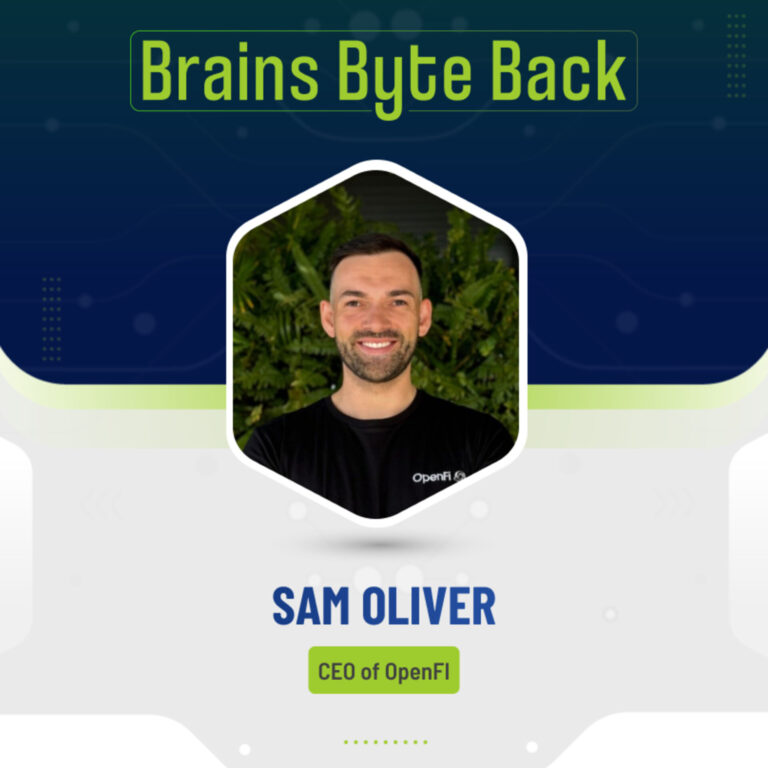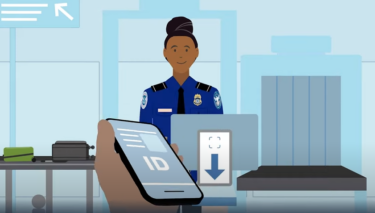Banks have moved from feast to famine amidst a spike in the number of financial loans gone awry.
The outlook for the months ahead also look grim as rising inflation and living costs for consumers have hindered debt collection efforts by financial institutions.
Italy’s doValue, for example, reported a 14% decline in collections year over year in the first half of 2024, with its collection rate falling to 4.2%.
Swedish peer, Intrum, also experienced a 4% decrease in collections during the same period, the Financial Times reported.
Europe’s largest debt collector, Intrum has struggled to make its business of buying and settling bad loans work. The value of the firm’s shares has fallen by more than 50% this year.
Meanwhile, household expenses across the globe are expected to continue to grow, adding to the predicament.
While extending credit to those in need is a priority, banks have also recognized they’ll need to leverage technology to modernize lending processes in order to mitigate risks and maintain financial stability.
With the EU among others cracking down on industry regulations, fintech–and more specifically embedded lending programs– have increasingly been looked to as a lifeline.
Rough waters for banks and credit providers
Added to inflation and challenges in economies, banks and credit providers face a myriad of challenges when trying to prevent non-performing loans.
Part of this is due to a lack of tools. For these institutions, stricter regulations can be difficult to navigate with outdated, clunky systems. Manual processes and disconnected legacy platforms make it an uphill battle to meet today’s expectations.
With access to more data on borrowers, banks can make more accurate credit risk assessments and approve loans to more creditworthy individuals.
The ability to monitor borrower behavior and financial data in real-time can also help banks detect problems early and take corrective action.
Embedded lending and fintech providing a lifeline
Embedded lending programs provide glimpses of some hope, as they allow for real-time monitoring of borrower behavior and financial data, which allow for banks to detect potential problems early and take corrective action.
If a borrower defaults on a loan, banks using embedded lending platforms can facilitate faster collections with direct access to the borrower’s financial information.
Embedded lending technology can be integrated with any loan management system (LMS), while other providers offer integrated loan management system add-ons. These serve banks and lenders that want to offer an end-to-end embedded lending experience without the significant IT investments that come with complex builds and integrations.
Explained Yaacov Martin, CEO of The Jifiti Group, “banks can benefit from an embedded lending LMS Add-On in several ways. One is by using it as a sub-ledger and then pushing the originated loans into their main ledger. With its sub-ledger capabilities, every component required for embedded lending, including loan servicing, debt management, and reporting, can be managed and fed into the lender’s General Ledger.”
Another option is for merchants, who may have their own financial services arms but don’t require a complete loan model product for their purposes, to deliver a lightweight add-on as their solution.
New non-performing loan regulations adding a wrinkle
New non-performing loan regulations being introduced are also expected to significantly impact banks and credit providers.
The new regulations under The NPL Directive outline the specific tasks that credit service providers should do to help creditors collect on delinquent loans, and include collecting payments, negotiating terms, handling complaints, and keeping the borrower informed.
All of these tasks will require licenses.
For banks, which will need to comply with the new regulation, embedded lending can support safer lending and help institutions meet these latest regulatory objectives.
By integrating lending services directly into existing platforms, for example e-commerce websites or mobile apps, banks can receive real-time data access, better understand their borrowers, and improve the experience with increased loan management flexibility.
While challenges remain for banks and debt collectors, according to ScienceDirect fintech investments have “an indirect effect on banks’ performance by reducing non-performing loan risk, and there is a positive feedback loop between fintech inputs, non-performing loan risk reduction, and improving performance.”

This article includes a client of an Espacio portfolio company










